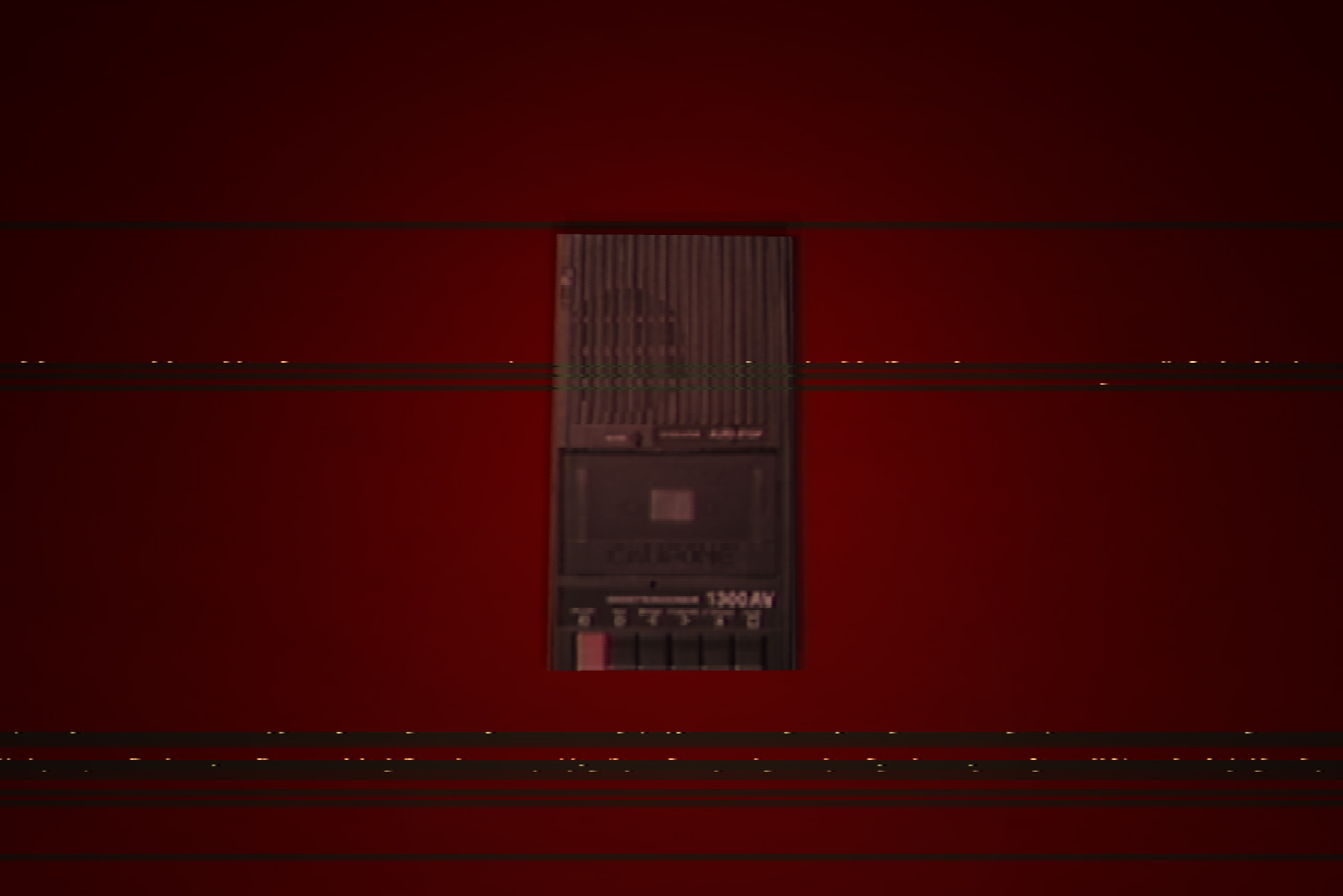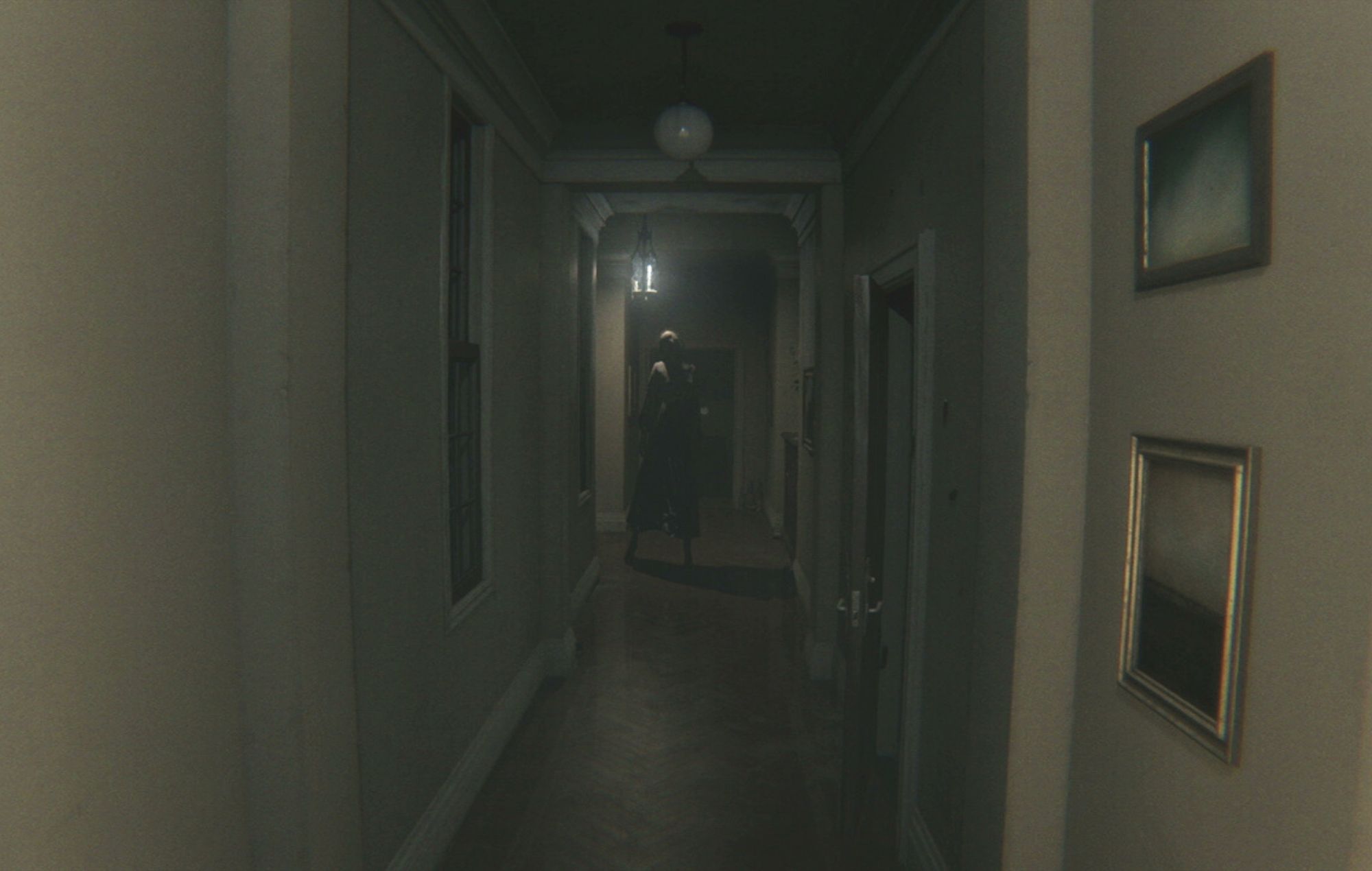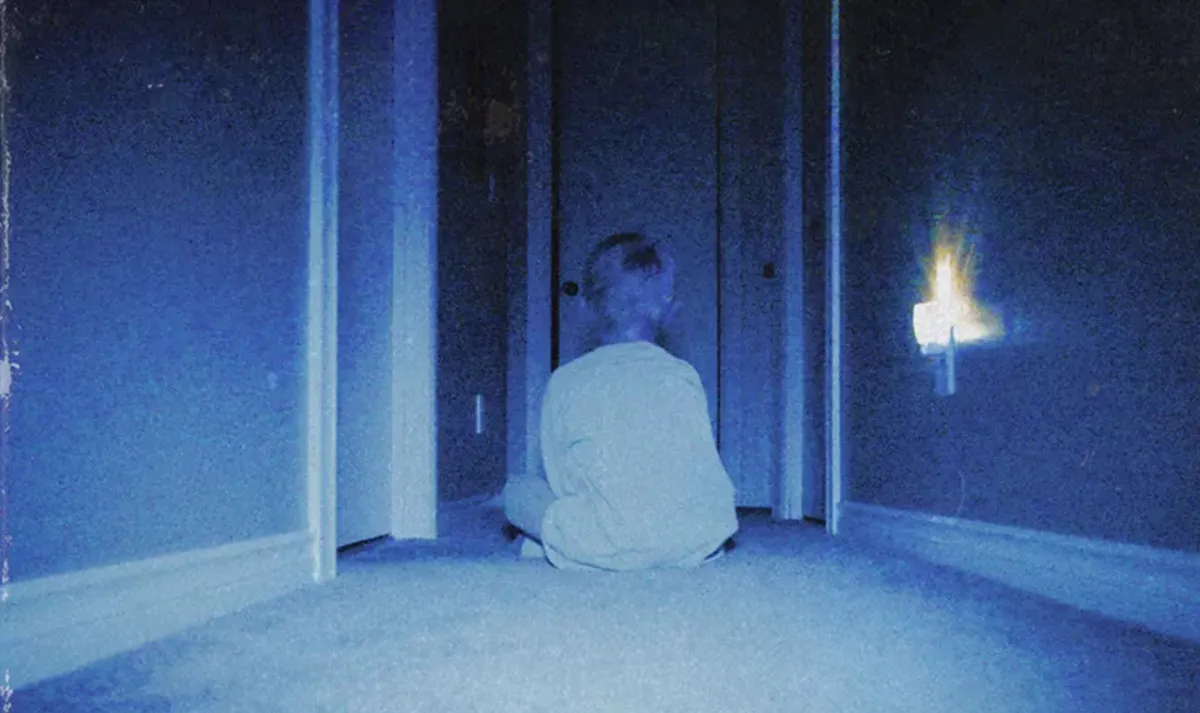The micro-budget Canadian horror movie Skinamarink is getting a lot of buzz on the festival circuit. It’s a super lo-fi, experimental haunted house movie that director Kyle Edward Ball described as a child’s nightmare. Two young kids — one of them says he’s four — wake up in their house with their parents missing, the doors and windows replaced with white walls, and a malevolent entity trapped inside with them. That’s my understanding of it, anyway. Ball never bothers with anything so mundane as a story.
Ball makes horror shorts on YouTube under the name Bitesized Nightmares, and Skinamarink is a feature-length version of the creepypasta videos he makes there. The movie barely has a plot or characters: It’s essentially four YouTube jump-scare videos stitched together by long stretches of nothing. Viewers spend an interminable 100 minutes peering into grainy, unmoving images, dreading a one-second-long “scary” image and a high-pitched screech. It’s certainly a vibe.
I couldn’t find any reference to Ball being a gamer, but with the lo-fi aesthetic, spooky house setting, scares-over-plot choice, the fact he’s a dude who makes YouTube videos, and especially this, he’s probably aware of the horror game renaissance of the 2010s.
Horror games are effective because you have to look under the bed or open the door to the basement. Watching Skinamarink, I couldn’t stop thinking about Kitty Horrorshow’s Anatomy. Trapped in a pitch-black house, the player stumbles around looking for cassettes to place in a tape deck. The tapes contain the scratchy musings of an academic discussing the anthropological history of houses. A VHS filter and grainy textures make you feel like you’re watching a video of someone playing a cursed PlayStation 1 game, a visual vibe Kitty uses in many of her works.

Anatomy isn’t just an explore-the-house art project. The game will frequently “crash,” dumping you back to desktop. On booting the game back up, things will have changed. The house is more sinister. Things have moved, and the plot, such as it is, moves forward in your absence. Some of those “crashes” even mess with the game’s files: You may find the .exe now buried under multiple layers of folders, almost like your PC is trying to stop you from playing any further. Kitty dares you to keep going. Would Anatomy be as scary without interactivity? My wife has watched me play it, saying it’s engaging and terrifying. It’s also short. You can finish it in about 30 minutes, something I wish I could say about Skinamarink.
Meanwhile, Visage made a big splash as an attempt to imagine what P.T. — don’t worry, I’m getting to it — would feel like as a complete game. Again, you’re trapped in a ridiculously dark house, but the structure of the house changes and shifts: Innocuous-looking doors open into impossible spaces, like industrial warehouses and overgrown cemeteries.
Visage is definitely creepy and occasionally very scary, but its execution doesn’t match its ambition. It feels like a love letter to the best the genre has to offer: the sanity mechanic of Amnesia, the unkillable monster of Alien: Isolation, and the inventory management and inscrutable puzzles of Silent Hill. But all those systems bog it down. Played with a co-pilot who’s got a walkthrough close at hand, Visage is worth some good scares, but it’s too unfocused to hit as hard as its inspiration.
P.T. is the scariest game ever made, period. Trapped not in an entire house, but in an endlessly looping L-shaped hallway, the player leaves through one door only to end up right back where they started, over and over again. P.T. has a level of polish no indie project can match: it was directed by the creator of Metal Gear Solid, Hideo Kojima. It was a sneaky way to announce a reboot of Silent Hill — P.T. stands for “playable teaser” — but Kojima’s falling out with publisher Konami led to P.T‘s delisting from the PlayStation Store.

Part of the appeal of horror is the illicit thrill of experiencing the taboo. Horror history is full of films, like The Exorcist and The Texas Chain Saw Massacre, banned for being too extreme and only visible at underground film festivals or on unmarked VHS tapes passed around by friends. Skinamarink‘s odd camera angles and dream logic attempt to evoke the feeling of watching something conjured rather than created. The only way to play P.T. is to find an actual PlayStation 4 that still has the game installed, an unholy relic of a lost time, like a cursed VHS tape or one of Anatomy‘s cassettes.
P.T.‘s legend has grown since its delisting. Many fan games and mods attempt to recreate the experience, and YouTube playthroughs are easy to find. Even watching someone else play P.T. is effective because there is a clear goal: the door at the end of the hall. Every time the player goes through that door, there is hope, and every time they emerge back at the start. It’s sickening.
Skinamarink is an admirable attempt to create an oppressive experience. It has scares, but they’re superficial. Without characters or a story, the audience has nothing to hold on to. Despite borrowing many elements from the above, removing player agency leaves the audience adrift. If you see Skinamarink, and you should, despite its flaws — it’s still cool that it was made and distributed — play one of these games and see for yourself the power a dark staircase can have when you’re the one who has to go down it.














Published: Jan 23, 2023 4:00 PM UTC